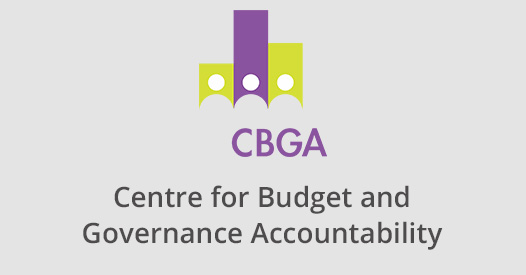Providing free and compulsory education to all children is enshrined in the Indian Constitution as a Fundamental Right. Adoption of the Right of Children to Free and Compulsory Education (RTE) Act, 2009 gave further impetus to the national efforts for ensuring ‘quality education’ for all in a time-bound manner.
In spite of government’s intention and efforts, the gaps in quality of school education, have been a major concern for some years now, especially in the policy discourse on government financing of education.
8.3 percent of primary schools are single teacher school8.3 percent of primary schools are single teacher school
Learning outcomes are often used as a proxy for the quality of education. The most cited source in this regard is the PISA[1] Survey by OECD, which shows two of the educationally most advanced states, Himachal Pradesh and Tamil Nadu, ranked lowest (72nd and 73rd respectively) in both reading and mathematical ability among 74 countries that participated in the assessment process. ASER[2] (2014) report has also highlighted that learning levels in Government schools are not improving.
Quality is a relative concept and it depends on multiple factors. It is important, in this context, to ask whether budgetary resources matter at all to determine quality of education in government schools. It can be argued that budgetary priorities for school education overall and for various components within school education do matter in enhancing quality of leaning.
For instance, basic infrastructure is the primary need for a school. It includes not only availability of facilities but also the extent to which they are utilized. In spite of significant expansion in school infrastructure, a number of schools still do not have buildings, adequate number of classrooms, drinking water, toilets, ramps, electricity etc.
In some cases, the infrastructure is in place but is not functional. Until recently, only, 8 percent schools comply with all the infrastructure norms mentioned under RTE Act (MHRD, 2014). Studies have also shown that lack of upper primary and secondary schools and unavailability of girls’ toilets are the two major reasons for school drop outs.
Teachers are the core of any school and thus their role in quality improvement is paramount. However, the teacher training and recruitment of additional teachers have not kept pace with the rapidly growing enrolments. Even after five years of commencement of the RTE Act, there is a shortage of 9.4 lakh teachers in government schools.
Around 8.3 percent of primary schools are single teacher school. Among the existing teachers in government schools, about 20 percent are untrained and the proportion of trained qualified teachers has been almost stagnant since last five years (MHRD, 2014).
The policy of appointing contractual teachers instead of the regular cadre has raised questions about the impact on quality of education. During the last 15 years, there has been an enormous expansion of contractual teachers in several states.
In 2013-14, total number of contractual teachers at the elementary level stood at 5.08 lakh, accounting for 6.5 percent of total teacher strength. Among them, only 60 percent had professional teacher training (DISE, 2014-15).
Teacher absenteeism is considered to be another critical factor behind poor quality of education. According to a World Bank study (2005), on any given day in India, one in four government primary school teachers were absent and only one in two is actually teaching[3].. While these reflect low accountability, it probably depicts only one side of the story. Due to acute shortage of human resources, the teachers often double up as a dispatch clerk, accountant, record keeper or supervisor of mid day meals etc.
Quality of education, therefore, needs to be assessed through a range of factors. Some of these factors are directly related to the quantum of investment in education. There is an urgent need therefore, to boost public investment in physical infrastructure, teacher recruitment, teacher training and community engagement[4] for better regulation and monitoring.
Given that education is in the Concurrent List, both Union and State Governments share the responsibility towards this sector. In the Union Budget 2015-16, there was a reduction in the allocation for school education on account of more untied funds being given to States following the 14th Finance Commission recommendation. However, some of the states with poorer fiscal health might not be able to ensure adequate budgetary resources for school education.
This is because of overall inadequacy of resources as compared to the needs as well as intense competition for resources among different sectors. Hence, it is imperative both for the Union Government and States to step up public investment in education, paying adequate attention to all those factors that impact quality of learning.
The author is with the Centre for Budget and Governance Accountability (CBGA), New Delhi. Her views are personal


 24 February 2016
24 February 2016